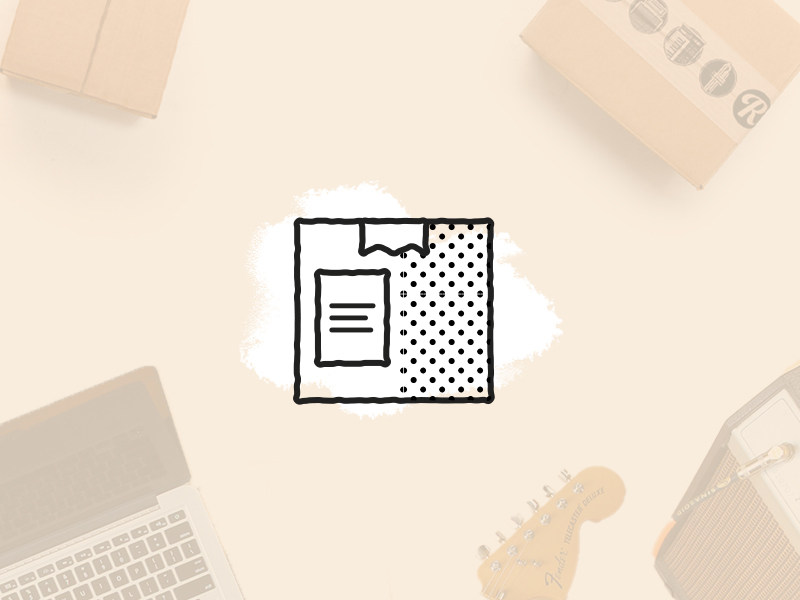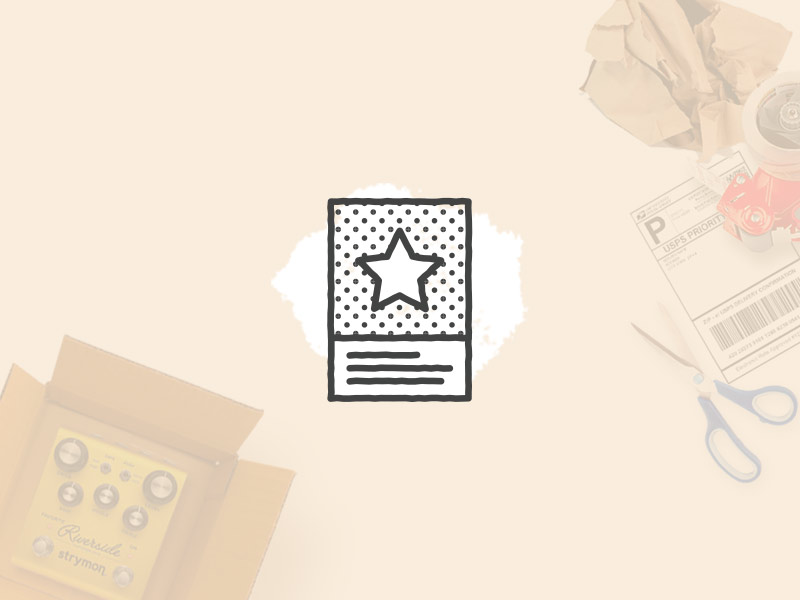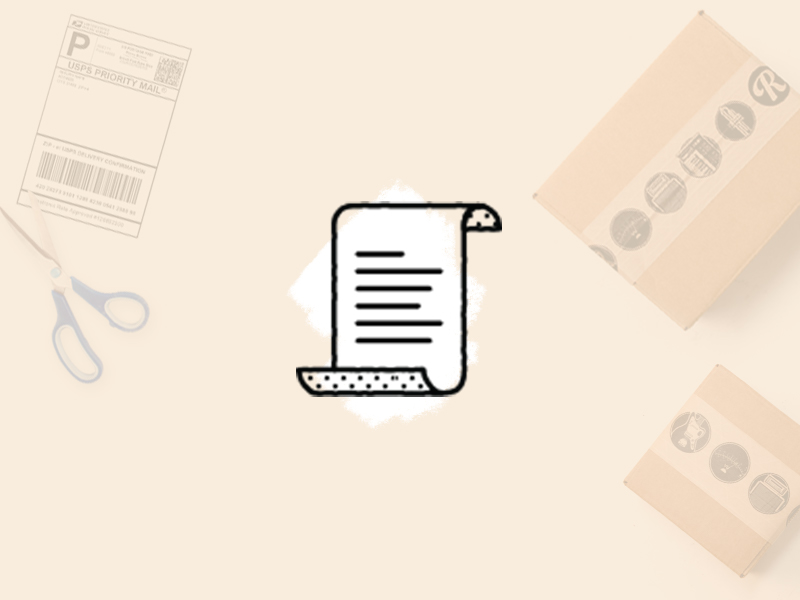REVERB HOW TO'S
How to Ship a Large Keyboard or Other Huge Equipment
REVERB HOW TO'S
Most music gear is fairly easy to pack and ship, just as you would smaller items. But when it comes to seriously large pieces—from huge and heavy synths to massive mixing desks—that's when freight shipping comes into play.
Any piece of gear that weighs over 150 pounds is considered freight. Like other mail, it travels by ship, aircraft, truck, and rail and is available both for domestic and international shipments. However, it naturally takes much more preparation to pack and ship a freight item than it does regular gear through the post office. Below, we're going to give a brief rundown of freight shipping: the costs associated and what you need to know to get started.
It's important to mention here that Reverb is not a professional shipping company, nor are we professional packers. All of the advice on this page comes from those companies and is intended to get you started before you reach out to the pros yourself for specific advice and services.
Freight shipments are often subjected to a lot of shuffling in transit. They're loaded and unloaded using forklifts, are often moved along conveyor belts, and are stacked on top of one another in non-temperature-controlled cargo holds for transport. It's really important that you take care to ensure that your package has been put together well enough to withstand all of that.
Most every freight company highly encourages packing on a pallet, both to keep your package much safer in transit and also to allow for efficient handling with the forklift and other large equipment. If possible, you should make sure that your final package is stackable; if it isn't, you may incur extra charges.
It's best to reach out to a professional shipping company for more personalized advice about the materials and techniques you should be using to pack your gear. FedEx Freight also has some of the most common labels needed for shipping large items available for download on its website.
- How much your gear weighs informs the grade and thickness of bracing lumber you should use for your palette. The heavier your gear, the thicker and higher the grade of the lumber.
- Load protectors are pads that help reduce damage to the top and bottom of your package and are a wise investment. Foam cushioning is also recommended—just make sure it's dense enough to protect your gear.
- If packing layers of items, start with the heaviest pieces on the bottom and stack as uniformly as possible. Work your smaller boxes into the stack rather than saving them for the top—you want to avoid a pyramid shape. Edge boards are also useful for protection and uniformity.
- Arrange your gear up to, but not over, the edge of the pallet to maintain stability and help protect your gear from transit damage.
- If packing a single item, use blocking material (like wood) to secure your gear in place and prevent movement, shifting, and pivoting during transit.
- Secure your gear to the pallet with heavy duty packing bands (which you can find made of rayon, polyester, polypropylene, or steel), and use at least two for each side.
- Once your gear is packed on and strapped in, liberally wrap your package in shrinkwrap, especially if it's comprised of multiple boxes. This keeps your items secure and helps them move as a single, sturdy unit.

- How much your gear weighs informs the grade and thickness of bracing lumber you should use for your palette. The heavier your gear, the thicker and higher the grade of the lumber.
- Load protectors are pads that help reduce damage to the top and bottom of your package and are a wise investment. Foam cushioning is also recommended—just make sure it's dense enough to protect your gear.
- If packing layers of items, start with the heaviest pieces on the bottom and stack as uniformly as possible. Work your smaller boxes into the stack rather than saving them for the top—you want to avoid a pyramid shape. Edge boards are also useful for protection and uniformity.
- Arrange your gear up to, but not over, the edge of the pallet to maintain stability and help protect your gear from transit damage.
- If packing a single item, use blocking material (like wood) to secure your gear in place and prevent movement, shifting, and pivoting during transit.
- Secure your gear to the pallet with heavy duty packing bands (which you can find made of rayon, polyester, polypropylene, or steel), and use at least two for each side.
- Once your gear is packed on and strapped in, liberally wrap your package in shrinkwrap, especially if it's comprised of multiple boxes. This keeps your items secure and helps them move as a single, sturdy unit.

Every piece of freight is assigned a freight classification, which is a standardized number that reflects the difficulty and liability of shipping your item. Various factors play a part in determining your freight class—for instance what you're shipping, its value, its density, if it requires special loading equipment, etc.
You have to calculate and determine your freight class before you can start shopping for shipping quotes. Luckily, there are plenty of handy calculators online (like this one). Some websites for comparing freight rates will also tell you what your classification is after answering a few extra questions.

Since freight shipping is expensive at its cheapest, we highly recommend shopping around to find the right company and service for your needs.
There are plenty of websites like Freightquote that quickly and easily provide a big list of possible companies and prices for your specific item after just answering a few questions about it.
Many of these questions are going to include specific information about your package, like how much it weighs in total and its dimensions, as well as specific information about pickup and dropoff locations and details like whether or not you'll need a liftgate for pickup or delivery. If you haven't prepared your item yet and are just doing preliminary research, try to use your best educated guess to get as close to a real quote as you can.
Once you've chosen a company, you're in the final stretch. You'll want to download your label and make sure that you've filled out a Bill of Lading (essentially your freight's receipt), and then you can schedule your pickup.

Shipping Corner
Shipping materials, discounted shipping labels, and safe shipping–plus tips from our team of musicians–all in one place.

How to Sell on Reverb
This step-by-step guide walks you through listing an instrument for sale, pricing it, and photographing it so that you get more money for your gear.

Reverb Shipping Labels
Don’t let trips to the post office eat up your day and your wallet: Become your own shipping center and print shipping labels right at home.
